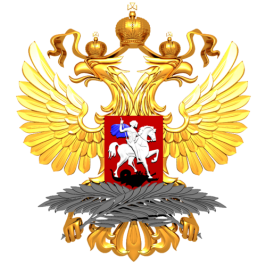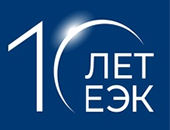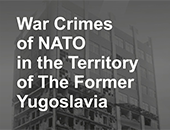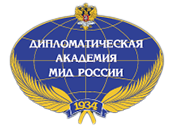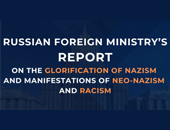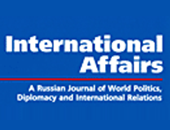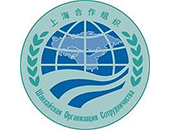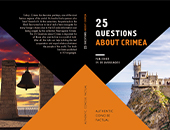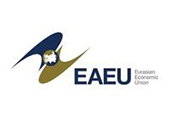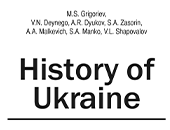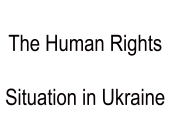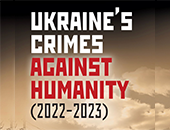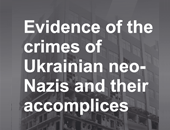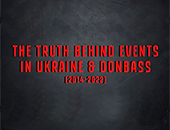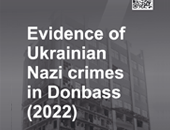Question: The Netherlands and Australia hold Russia responsible for its part in the 2014 Malaysia Airlines MH17 crash in Ukraine. For example, their accusations hinge on claims that Russian authorities failed to cooperate in full with investigators on the crash. Did Russia refuse to cooperate with the Dutch authorities? What evidence has the Russian side submitted for finding those responsible for the MH17 crash?
Maria Zakharova: After the crash Russia provided the maximum possible assistance to the Dutch side and insisted on complete transparency in the investigation process. I would like to recall that it was Russia that helped pass UN Security Council Resolution 2166 that rcalled for a thorough and independent international investigation and set forth clear criteria.
In July 2016, Dutch experts and investigators from the Dutch prosecutor’s office visited Moscow and held in-depth consultations with their Russian colleagues. To the best of our knowledge, the Dutch side was satisfied with the results of these meetings. The Russian Prosecutor General’s Office always responded quickly and in full to inquiries, while providing legal assistance. Acting at the request of the Dutch, Russia declassified the design and technical specifications of Buk surface-to-air missiles and submitted them to investigators. Russian also submitted the results of a full-scale simulation conducted by the Almaz-Antey Corporation that manufactures these missiles.
Nevertheless, the final report of the Dutch Council for Security Issues dealing with technical causes of the MH17 crash ignored these materials. The report itself contained several discrepancies and inaccuracies. We notified the Dutch side about these shortcomings. For example, Deputy Head of the Federal Air Transport Agency (Rosaviatsia) Oleg Storchevoy repeatedly noted this. Russian remarks were not taken into account. Nor has the Joint Investigation Team (JIT), working under the Dutch National Prosecutor’s Office, paid attention to them.
In October 2016, Russia provided primary radar data which is vitally important for the investigation because it is impossible to falsify or change this data. This data notes that it was impossible to launch the missile that downed the Boeing plane from a territory controlled by the self-defence fighters, as the JIT insists in its findings.
The Dutch response to this Russian move was extremely belated. Two months on, it turned out that the JIT was unable to decipher the Russian data. Three months after that, the Dutch prosecutor’s office requested that this data be submitted in the ASTERIX format, a system developed by the European Organisation for the Safety of Air Navigation. In August 2017, Russian experts provided their Dutch counterparts with software to use the Russian radar data.
Even before the data was completely analysed, Dutch officials claimed that investigators would find this data useful only in the context of confirming the main hypothesis on the absence of another plane.
In April 2018, it was announced that the JIT had hired two independent experts for studying the unprocessed primary radar data submitted by Russia. After analysing this, the experts decided that the Russian radar was unable to “see” the missile that was too fast.
Almaz-Antey refuted this allegation using convincing arguments: Russian radar would have inevitably spotted the missile had it been launched from a place near Pervomaiskoye, as the JIT stubbornly insists. However, the JIT did not discuss alternative theories regarding the missile’s trajectory that would run counter to the main hypothesis. It turns out that the Russian radar data was not included in the case file.
The Russian Prosecutor General’s Office is currently reviewing two other requests for legal assistance. The fact that the JIT has published preliminary results of the criminal investigation and accused Russia of complicity in the MH17 crash shows the reluctance of investigators to take materials submitted by the Russian Federation seriously. This once again confirms that the search for those responsible has been conducted with ideological bias.
For example, this is proved by the Dutch side’s refusal to assess the main cause of the tragedy, that is, the failure of Ukrainian authorities to establish a no-fly zone for civil aircraft above the domestic conflict zone. Nor did the Dutch ask Kiev to provide radar data or information on the actions of air traffic control services.
It should also be noted that the United States failed to provide the satellite photos, which, as the US claimed immediately after the crash, were readily available.





